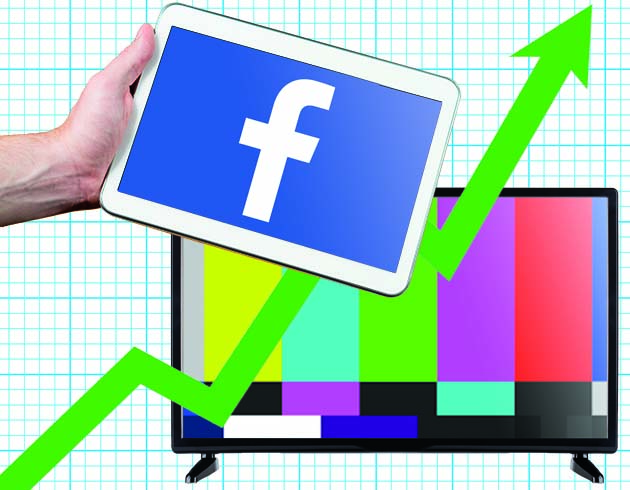Consumers like ads that are funny, according to a survey conducted by Clutch, a marketing data analysis firm. Hopefully they found their research money worth that unsurprising result. But data people collect data; that’s what they do. And now you know: More than half (53%) of the respondents said they remember and enjoy ads that are humorous.
Yet, here’s your caveat. The humor needs to make a point. Because more than half of the consumers surveyed (51%) don’t like ads where they didn’t learn anything about the products. And almost as many (48%) said they didn’t like ads they couldn’t relate to.
For you, that translates to ads that educate about smart technologies, energy savings, IAQ, safety, security, home value or other ways your products and services improve lives, health, convenience. If you do so with humor, even better.
This same survey of 1,000-plus consumers also found that 58% preferred ads that are on TV. That actually is a surprise, given that cable and networks are up against steep competition with streaming services. Obviously newspaper subscriptions have been falling, especially among millennials. Reading the morning paper hails from a bygone era, like banking the fire before walking to school. But your older customers still follow that practice – just as they watch network news programs where they see ads on TV.
So, TV ads are still in the game in traditional media. Especially funny ones. That’s because TV combines video and audio – which, of course, you can also provide through videos posted on your website or Social Media profiles.
In digital advertising, Facebook stands out – 36% prefer ads on this platform than other forms of digital ads, including banner ads and Google search. So, that’s your leader there. It’s the targeting capability that makes Facebook advertising so successful. You can match audiences to ideal customer demographics.
Retargeting ads have a downside, however. Consumers don’t like these because they feel like an invasion of privacy. Let’s say you search for a pair of boots, and next thing you know, your banner ads are telling you “we know you’re looking for boots.” It’s got a creepy factor to it.
The Email Holy Grail?
A report from well-known content marketer Brian Clark digs deeper into what works in the digital space. He’s been here for 20 years – talking up permission-based marketing that relies on your email list. With this list, you’re reaching customers and prospects who already have a relationship with you. It’s marketing gold because these are the groups that are most likely to click open, read your email and respond to your message.
Traditional media interrupts – TV commercials stop your favorite TV program or radio ads fill a talk show break. Even the Direct Mail piece interrupts by arriving in the mailbox unannounced. With permission-based marketing, you’re continuing a relationship. That’s the point.
For Clark, the power of digital marketing is in content that is developed for your audience. You serve your audience by focusing first on providing valuable content instead of pushing the sale right out of the gate. The way to build a digital audience is to provide value with your content – to become an authority and an information resource. Lead generation comes from your leadership, Clark believes.
Yet, there’s more to it than that – because all of these elements work together, not alone. Leadership isn’t enough. Email isn’t enough. Direct Mail isn’t enough. But all of it together, in a balanced approach that establishes image, promotes benefits and consistently stays in front of your market, is the trend that hasn’t changed.

